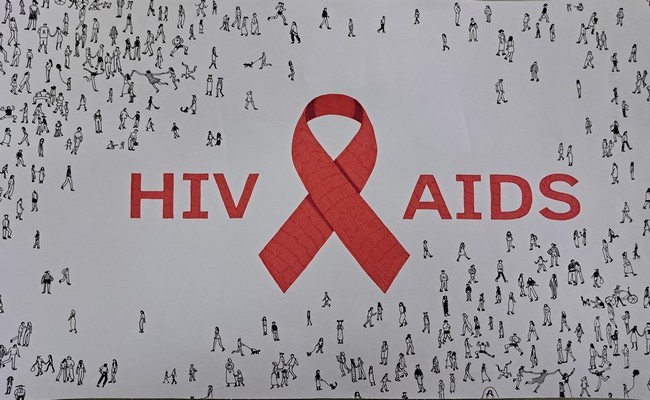Risk Factors Responsible for Spreading HIV/AIDS:
Anyone who is sexually active risks exposure to a sexually transmitted infection (HIV or AIDS) to some degree. Factors that may increase that risk include:
- Having unprotected sex: Vaginal or anal penetration by an infected partner who isn’t wearing a latex condom significantly increases the risk of getting an STI. Improper or inconsistent use of condoms can also increase your risk.
- Having sexual contact with multiple partners: The more people you have sexual contact with, the greater your risk. This is true for concurrent partners as well as monogamous consecutive relationships.
- Having a history of STIs: Having one STI makes it much easier for another STI to take hold.
- Anyone forced to have sexual intercourse or sexual activity: Dealing with rape or assault can be difficult, but it’s important to be seen as soon as possible. Screening, treatment and emotional support can be offered.
- Abusing alcohol or using recreational drugs: Substance abuse can inhibit your judgment, making you more willing to participate in risky behaviors.
- Injecting drugs: Needle sharing spreads many serious infections, including HIV, hepatitis B and hepatitis C.
- Being young: Half of STIs occur in people between the ages of 15 and 24.

Complication of HIV or AIDS Infection:
1. Complications of the Central Nervous System:
- Cerebral toxoplasmosis,
- Cryptococcal meningo encephalitis (or cryptococcoma),
- Viral meningoencephalitis,
- Cytomegalovirus,
- Herpes simplex virus,
- Varicella zoster virus,
- Progressive multifocal leukoencephalopathy,
- Neurosyphilis,
- Primary central nervous system lymphoma.
2. Complications of the Gastrointestinal System:
- Cytomegalovirus infection,
- HIV-induced enteropathy (or AIDS enteropathy),
- Intestinal malignancies (e.g., non-Hodgkin lymphoma, Kaposi sarcoma, anal squamous cell carcinoma),
- Fat malabsorption (pancreatic exocrine insufficiency),
- Proctitis and anorectal ulcers from sexually transmitted infections,
- Protease inhibitor-related adverse effects.
3. Other complication:
- Head and neck: Gingivitis, dental and salivary gland disease,
- Cardiovascular: Cardiovascular disease, endocarditis,
- Pulmonary: Chronic obstructive pulmonary disease, lung cancer (including Kaposi sarcoma and lymphoma),
- Musculoskeletal: Osteopenia, osteoporosis, osteonecrosis,
- Hematologic or oncologic: Lymphoma, multiple myeloma,
- Dermatologic: Papulosquamous disorders (e.g., eczema, seborrheic dermatitis, psoriasis); molluscum contagiosum; Kaposi sarcoma.
Mode or Route of Transmission of AIDS:
Infection with HIV essentially requires exchange of semen, vaginal or other body secretion, milk, or blood products infected by the virus:
1. Sexual transmission:
- Route: Anal, Vaginal, Oral sex can spread AIDS.
- Mode: The main mode of transmission via heterosexual routes (over 75% of global cases).
2. Contaminated blood and blood products: By transfusion of:
- Whole blood cells,
- Platelets,
- Factor 5 and 9 derived from human plasma.
3. Maternal- fetal and mother to child transmission:
Infected mother to child transmission:
- Fetus through the placenta,
- Infant during delivery or by breast feeding.
4. Contaminated needles:
- Intravenous drug users,
- Needle sticks injuries,
- Injections.
5. Organ and tissue donation:
- Bone marrow,
- Kidney,
- Skin,
- Corneas,
- Semen.

Maria Khatun Mona is a Founder and Editor of Nursing Exercise Blog. She is a Nursing and Midwifery Expert. Currently she is working as a Registered Nurse at Evercare Hospital, Dhaka, Bangladesh. She has great passion in writing different articles on Nursing and Midwifery. Mail her at “maria.mona023@gmail.com”
